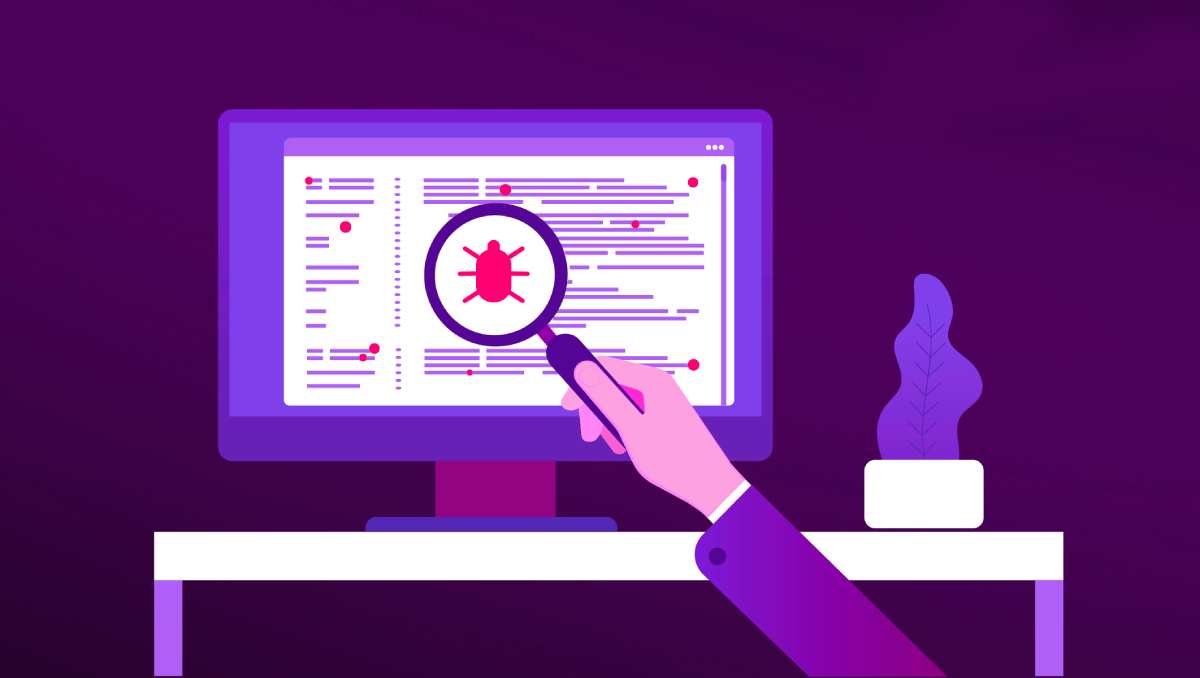In Cybersecurity
In this post, we will discuss how attackers can execute malware through scripts, the risks it poses to computer security, and how to protect against it using advanced malware protection.

Management

Malware, short for malicious software, is a term used to describe any program designed to harm a computer system, steal sensitive information, or otherwise compromise its security. Attackers can execute malware through scripts, which are small programs that automate a series of actions in a computer system.
Executing Malware Through Scripts
Attackers can execute malware through scripts by embedding the malicious code into the script, which then runs the code when the script is executed. There are several ways an attacker can accomplish this, such as by sending an email with a malicious attachment or embedding the code in a website.
One type of malware that uses scripts to execute is called OneLaunch malware. This type of malware is designed to launch multiple programs and services on a victim's computer, which can cause the system to crash or become slow. OneLaunch malware can also steal sensitive information, such as login credentials, credit card numbers, and personal data.
| Malware Typology | Description | Statistics |
|---|---|---|
| Virus | A self-replicating program that infects files on a computer | In 2020, viruses accounted for only 3% of all malware detected, according to the 2021 SonicWall Cyber Threat Report. |
| Trojan | A program that appears to be legitimate but has hidden malicious functions | Trojans were the most commonly detected malware type in 2020, making up 60% of all malware detected, according to the 2021 SonicWall Cyber Threat Report. |
| Ransomware | A type of malware that encrypts a victim's files and demands a ransom payment to restore access | Ransomware attacks increased by 485% in 2020, according to a report by Bitdefender. |
| Adware | Software that displays unwanted advertisements on a computer | Adware was the second most commonly detected malware type in 2020, making up 24% of all malware detected, according to the 2021 SonicWall Cyber Threat Report. |
| Spyware | Software that secretly monitors a user's activity and sends data back to the attacker | In 2020, spyware made up 6% of all malware detected, according to the 2021 SonicWall Cyber Threat Report. |
| Rootkit | Software that hides its presence on a computer and provides unauthorized access to the attacker | Rootkits were detected on 4.6% of all Windows computers in Q4 2020, according to a report by Kaspersky. |
| Botnet | A network of infected computers that can be controlled remotely by an attacker | In 2020, botnets accounted for 3% of all malware detected, according to the 2021 SonicWall Cyber Threat Report. |
The Risks of Executing Malware Through Scripts
Executing malware through scripts poses several risks to computer security. Malware can compromise the confidentiality, integrity, and availability of data on a system. For example, an attacker can use malware to steal sensitive information, such as login credentials or credit card numbers, which can lead to identity theft or financial loss.
Malware can also disrupt the normal operation of a system by causing crashes, slowing down performance, or even rendering the system unusable. This can be particularly damaging for businesses that rely on computer systems to operate their daily activities.
Protecting Against Malware Through Scripts
Protecting against malware through scripts requires advanced malware protection. There are several ways to achieve this, such as using antivirus software, firewalls, and intrusion detection systems.
Antivirus software is designed to detect and remove malware from a system. It scans files, emails, and websites for known malware signatures and blocks any malicious activity. Antivirus software also provides real-time protection, which means it can detect and remove malware as soon as it enters a system.
Firewalls are another important tool in protecting against malware through scripts. Firewalls act as a barrier between a computer system and the internet, blocking unauthorized access to a system. Firewalls can also detect and block incoming malware traffic.
Intrusion detection systems (IDS) are designed to detect and alert administrators of any unauthorized access to a system. IDS can also detect and prevent malware from entering a system. IDS can be used in conjunction with firewalls and antivirus software to provide a comprehensive defense against malware.
Latest Malware Examples
Here are some notable examples of malware that have been active in the past few years:
-
Emotet: A banking Trojan that spreads through spam emails and can steal sensitive information from victims' computers.
-
TrickBot: A modular banking Trojan that can perform a wide range of malicious activities, including stealing credentials and spreading ransomware.
-
WannaCry: A ransomware attack that spread globally in 2017, infecting hundreds of thousands of computers by exploiting a vulnerability in Windows.
-
NotPetya: A destructive malware that was disguised as ransomware but actually wiped out data on infected computers.
-
Ryuk: A ransomware attack that has been active since 2018 and has targeted large organizations, demanding high ransom payments.
-
SolarWinds: A supply chain attack that compromised a widely used software tool and allowed attackers to gain access to multiple government agencies and organizations.
-
DarkSide: A ransomware group that gained notoriety in 2021 after targeting the Colonial Pipeline, causing fuel shortages across the Eastern United States.
Conclusion
Malware poses a significant risk to computer security, and attackers can execute malware through scripts, such as OneLaunch malware. Protecting against malware through scripts requires advanced malware protection, such as antivirus software, firewalls, and intrusion detection systems. By implementing these tools, businesses and individuals can protect themselves against the threat of malware and ensure the security of their computer systems.
Sources:
- "Malware." Techopedia, https://www.techopedia.com/definition/29901/malware. Accessed 10 May 2023.
- "What is OneLaunch Malware?" Comodo Cybersecurity, https://enterprise.comodo.com/blog/what-is-onelaunch-malware/. Accessed 10 May 2023.
- "Protecting Against Malware." US-CERT, https://www.us-cert.gov/ncas/tips/ST04-001. Accessed 10 May 2023.

